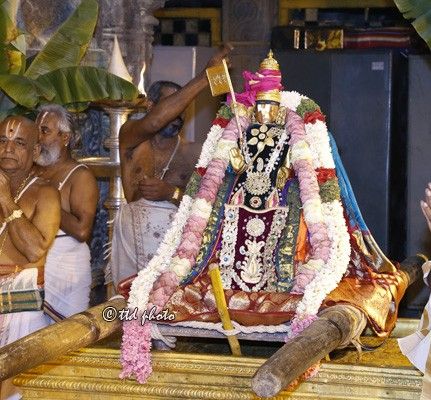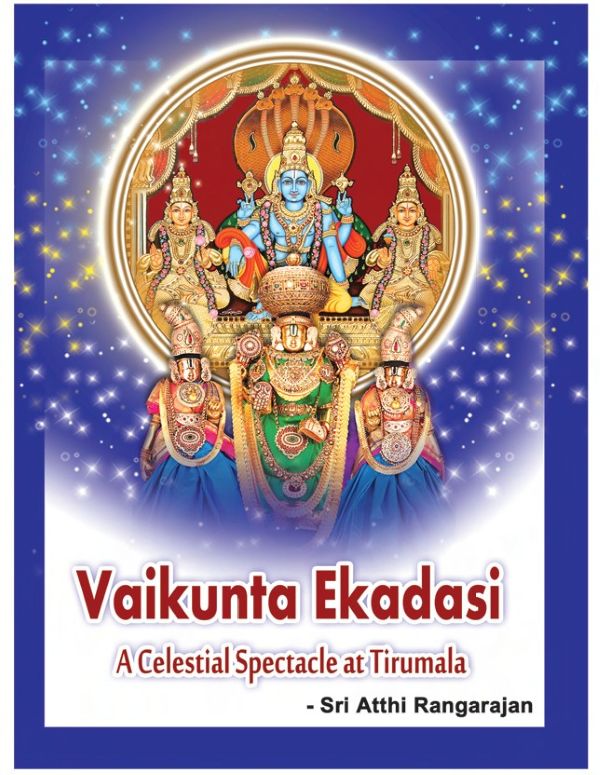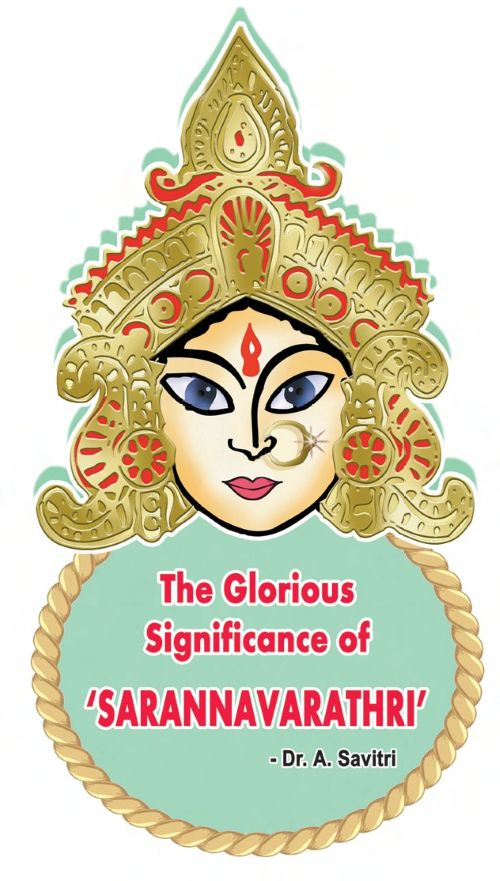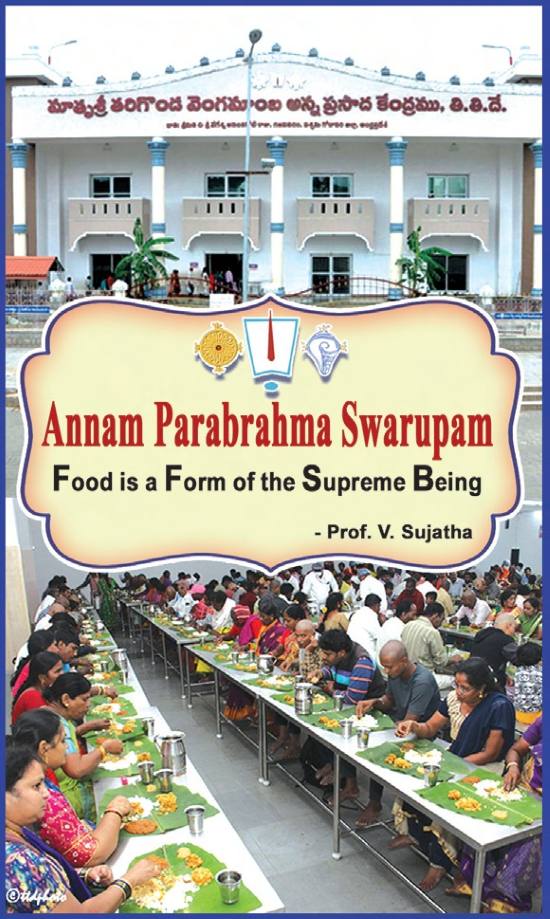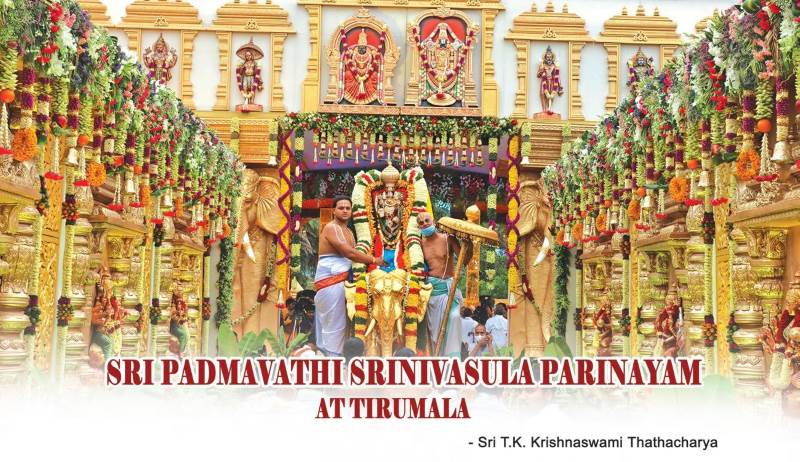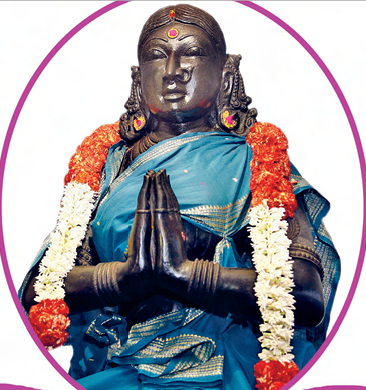Understanding Sattumurai The term ‘Sattumurai’ means the recitation of Tamil prabandham of the alvars in the manner prescribed. The Nalayira prabandham as prescribed is recited now when only Sri Vaishnavas are allowed to be present. The Srivaishnavas headed by the Jeer alone go into the garbha griha after the archakas return from the offering of Read More
Author:
What is Aadi Krithigai? Celebrating Lord Murugan in Tamil Nadu
Aadi Krithigai: Festival of Lord Murugan The star Kruthika is associated with Lord Subrahmanya Swami. He is the son of Lord Siva and Goddess Parvathi and is being worshipped by many devotees. ‘AADI’ otherwise called ‘AASHADA’, is the first month of Dakshinayana, marking the travel of the Sun towards the Southern hemisphere, being the auspicious Read More
Pausha Purnima: The Auspicious Full Moon Day
Pausha Purnima: Significance and Rituals Explained Winter, shishir ritu, is in full swing. In north India, it is the coldest month of the year. In the south, the nights are steadily becoming cooler even if days are warm or even hot, especially towards the afternoon. Early morning mist is common in many places, sometimes dense Read More
Vaikunta Ekadasi: Auspicious Day for Vishnu Devotees
What is Vaikunta Ekadasi? Meaning & Celebrations With Maha Lakshmi by His side, Sri Maha Vishnu reclining on the huge serpent bed of Adisesha in the milky ocean is a divine sight to behold. Reaching the Vaikunta Lokam and clinging to His lotus feet is the ultimate goal and purpose of one’s life. Mukkoti Ekadasi Read More
Glorious Significance of Navaratri (9 Forms of Goddess Durga)
Devi Sarannavarathrulu / Navaratri / Vijaya Dasami According to the Telugu calendar, the first nine days of ‘Aswyuja Masam Sarath Ruthuvu’ is called ‘Devi Sarannavarathrulu’. The tenth day of that month is called ‘Vijaya Dasami’. ‘Navaratri’ means ‘Nine nights’. Nights provide rest and rejuvenation. During the night time, people sleep and feel relaxed. When they Read More
Annam Parabrahma Swarupam: Offering Food as Worship | Hindu Traditions
Understanding Annam Parabrahma Swarupam: Food & The Divine Connection ‘Dana’ is a Sanskrit word that means offering a gift or granting alms in any form. The word ‘dana’, mentioned in various Hindu texts, refers to giving without expecting anything in return. Various forms of ‘dana’ include ‘anna’ (donation of food), ‘praana’ (donation of organs), ‘bhoodana’ Read More
Annadanam Meaning: Spiritual Food Offering
Annadanam: Sacred Food Offering ‘Dana’ is a Sanskrit word that means offering a gift or granting alms in any form. The word ‘dana’, mentioned in various Hindu texts, refers to giving without expecting anything in return. Various forms of ‘dana’ include ‘anna’ (donation of food), ‘praana’ (donation of organs), ‘bhoodana’ (donation of land) and ‘godana’ Read More
Padmavathi Parinayam: Lord Venkateswara & Goddess Padmavathi Wedding
Sri Padmavathi Parinayam at Tirumala Celebrating the wedding of the Aadhi Dampathi (Divine couple) Sri Lakshmi and Lord Narayana is a great event celestial since time immemorial. Indeed in every marriage ceremony of humans, the Divine couple are invoked so that the human marriages have the blessings of the Lord and the Goddess. The marriage Read More
Gosamrakshana: The Sacred Practice of Cow Protection
Gosamrakshana: Protecting and Preserving Cows Gosamrakshana’, or the preservation of cows, has always been a significant activity for the Tirumala Tirupati Devasthanams. It has been an ancient practice for the Hindus to donate cows to temples to facilitate ‘Go Puja’ and also to meet the temple’s requirements. Devotees visiting Sri Venkateswara temple also followed the Read More
Tharigonda Vengamamba: The Life and Legacy of a Devotional Poet
Matrusri Tharigonda Vengamamba: Biography, Poetry & Devotion Maha Yogini, Maha Tapswini, Gyana Saraswathi and Telugu Bharathi Matrusri Tharigonda Vengamamba was an ardent devotee of Lord Venkateswara. She was born in Tarigonda village which is four miles away from Vayalpadu of Chittoor District in the Brahmin family of Nadavarika sect with Vashistha Gotra to Sri Kanala Read More
